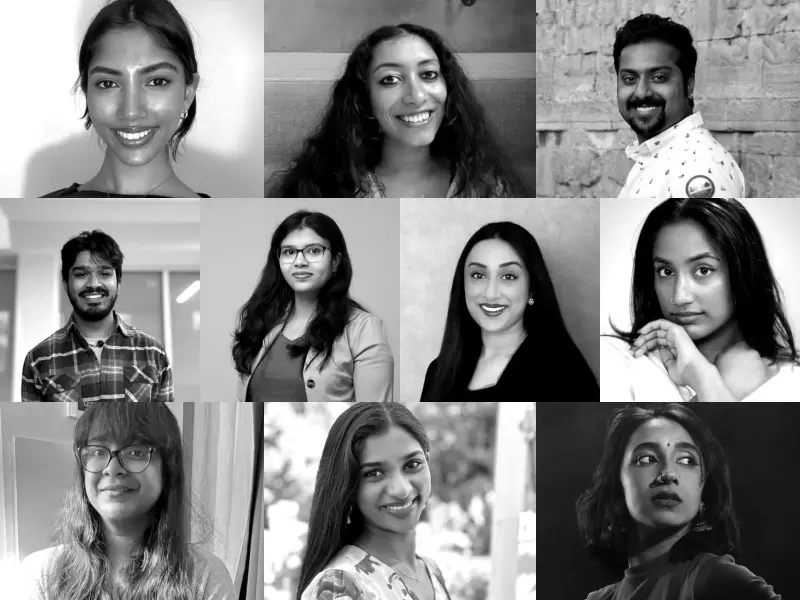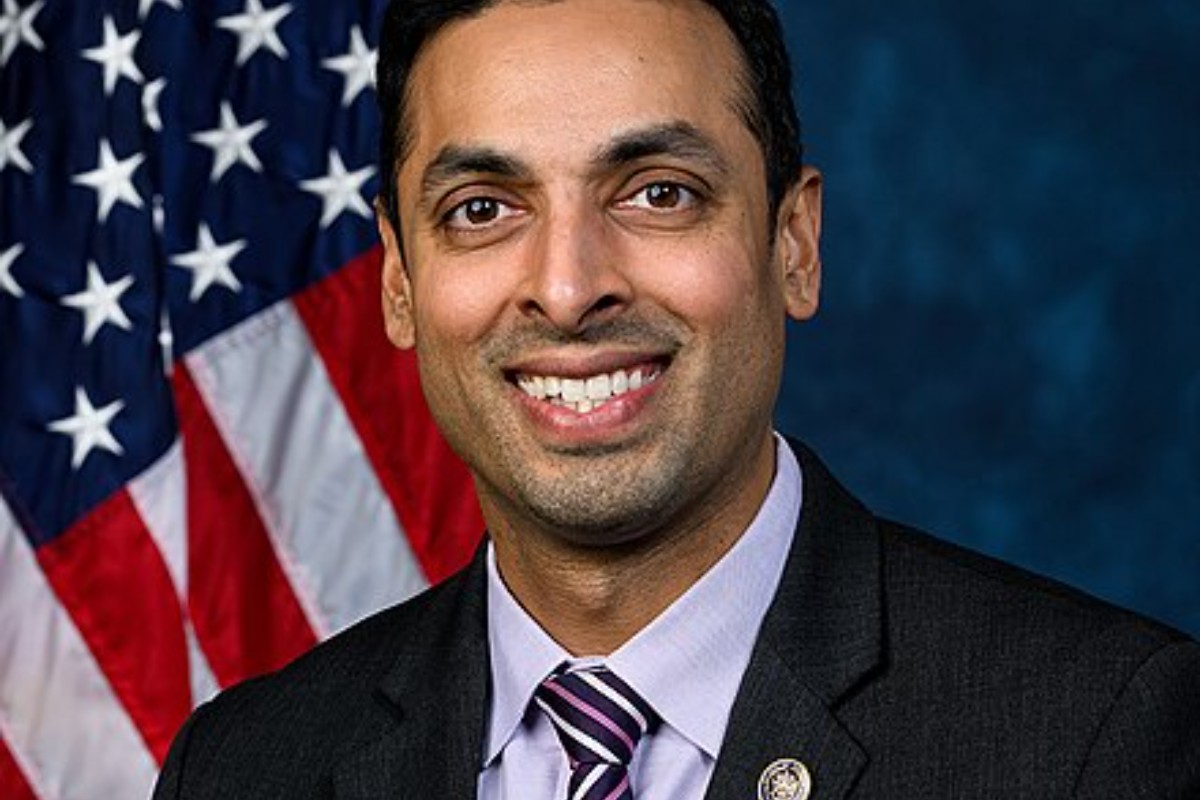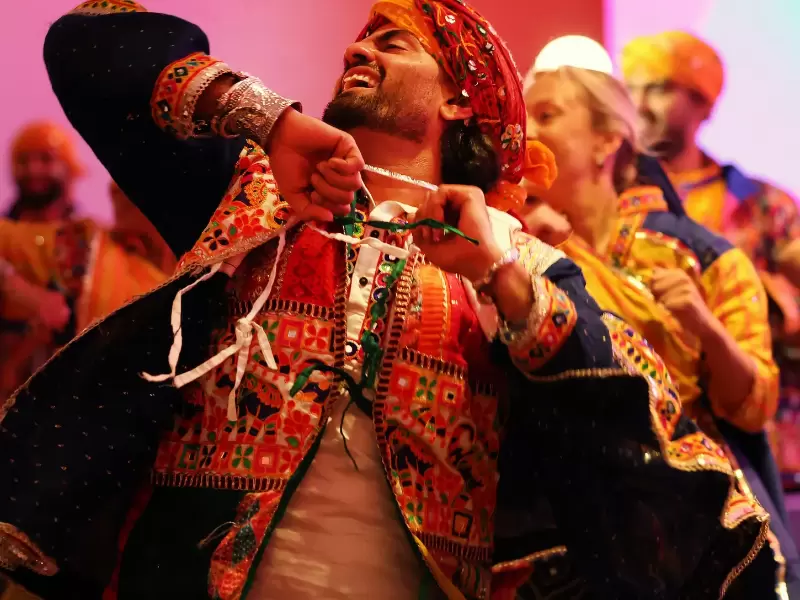Arts India US announces 2026 cohort of Lotus Fellows
The fellowship, supported by The Pujji Giving Fund, aims to fill gaps in professional development for practitioners of various Indian traditions.
 (Top) L-R: Shalini Basu, Neha Venkatesh, Karun Salvady; (Middle) L-R: Karthik Iyer, Shruti De, Tarika Nath, Ariaki Dandawate; (Bottom) L-R: Antara Bhattacharya, Vedya Spurthi Konda, Harini Nilakantan / Courtesy: Arts India US
(Top) L-R: Shalini Basu, Neha Venkatesh, Karun Salvady; (Middle) L-R: Karthik Iyer, Shruti De, Tarika Nath, Ariaki Dandawate; (Bottom) L-R: Antara Bhattacharya, Vedya Spurthi Konda, Harini Nilakantan / Courtesy: Arts India US
Arts India US has named the cohort of 2026 Lotus Fellows, selecting 10 emerging artists for a new national program intended to strengthen the Indian classical performing arts ecosystem in the United States.
The announcement marks the launch of an initiative focused on mentorship, training, and presentations for U.S.-based artists working across music and dance.
The cohort represents a wide geographic and artistic spectrum. Sitar artist Antara Bhattacharya of Denton, Texas, recognized as a child prodigy in India, continues a 27-year practice while pursuing a Ph.D. in ethnomusicology.
Also Read: Four Indian-origin filmmakers win Tasveer–Netflix grants
New York-based Kathak artist Ariaki Dandawate, trained across three gharanas and active at major performance venues, described her artistic approach as “embodying the past and future of humanity’s creative expression.”
Bharatanatyam dancer Harini Nilakantan of Chicago blends classical technique with contemporary styles and has recently performed in competitive circuits.
Carnatic violinist Karthik Iyer of Illinois brings training from the Lalgudi tradition, combining physics research with music. “I love exploring different textures of sound through my instrument and often feel music as a meditative experience,” he said.
Houston-based mridangam artist Karun Salvady has performed internationally and draws on interdisciplinary work linking rhythm, neuroscience, and identity.
Seattle Bharatanatyam dancer Neha Venkatesh emphasized connection in her work. “Dance is fundamentally about connection—between artist and audience, and equally, within oneself,” she said.
Odissi dancer Shalini Basu of New York, a National YoungArts winner, integrates academic research on belonging into performance. “My goal as an artist is to continue to pursue dance in an academic capacity while presenting my academic findings through performance,” she said.
Albany-based sarod player Shruti De, trained in the Senia Shahjahanpur lineage, combines classical study with global collaborations, while Houston-based Kathak artist Tarika Nath prepares to debut new works blending movement and percussion.
Kuchipudi dancer Vedya Spurthi Konda, trained in the Vempati Chinna Satyam lineage, said, “Dance is both storytelling and self-discovery—a connection to culture, community, and something larger than the self.”
The fellowship, supported by The Pujji Giving Fund, aims to fill gaps in professional development for practitioners of various Indian traditions such as Bharatanatyam, Kathak, Odissi, Carnatic music, and Hindustani instrumental performance.
Fellows will work with veteran mentors, participate in workshops on leadership and funding, and present their work at a concluding showcase.
The fellowship will also feature keynotes from artists and arts leaders, including sessions on building sustainable creative careers and expanding institutional access.
Arts India US said the initiative is designed to support intergenerational exchange and reinforce the long-term stability of Indian classical arts in the country.
ADVERTISEMENT
ADVERTISEMENT
E Paper
Video



1759163132.png) Anushka Pathak
Anushka Pathak








.jpeg)


Comments
Start the conversation
Become a member of New India Abroad to start commenting.
Sign Up Now
Already have an account? Login